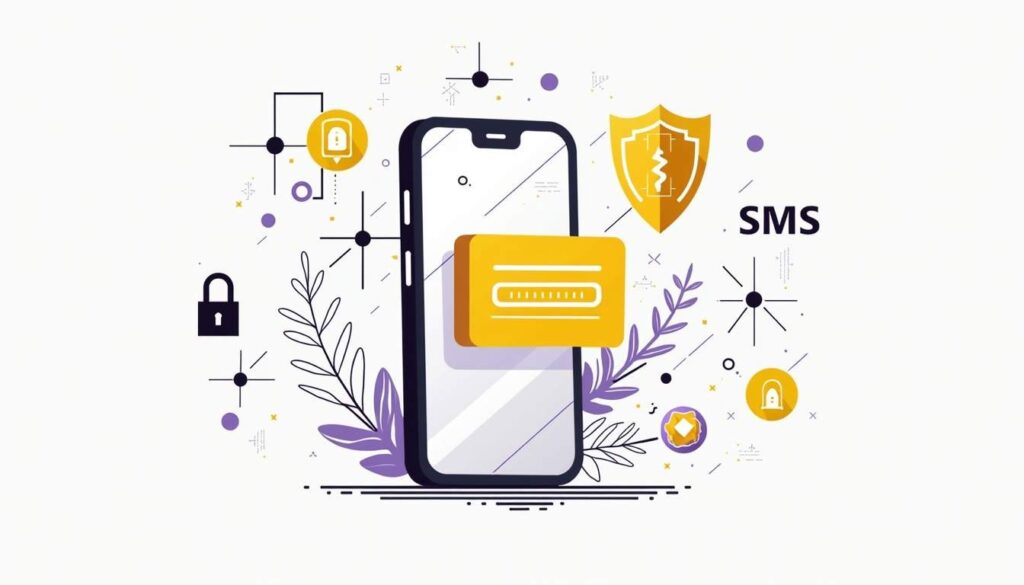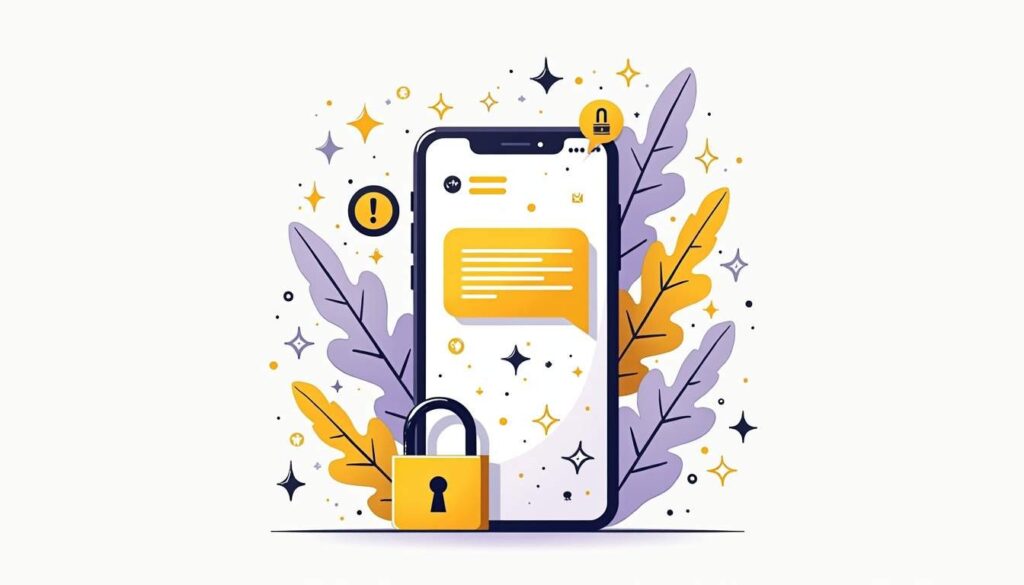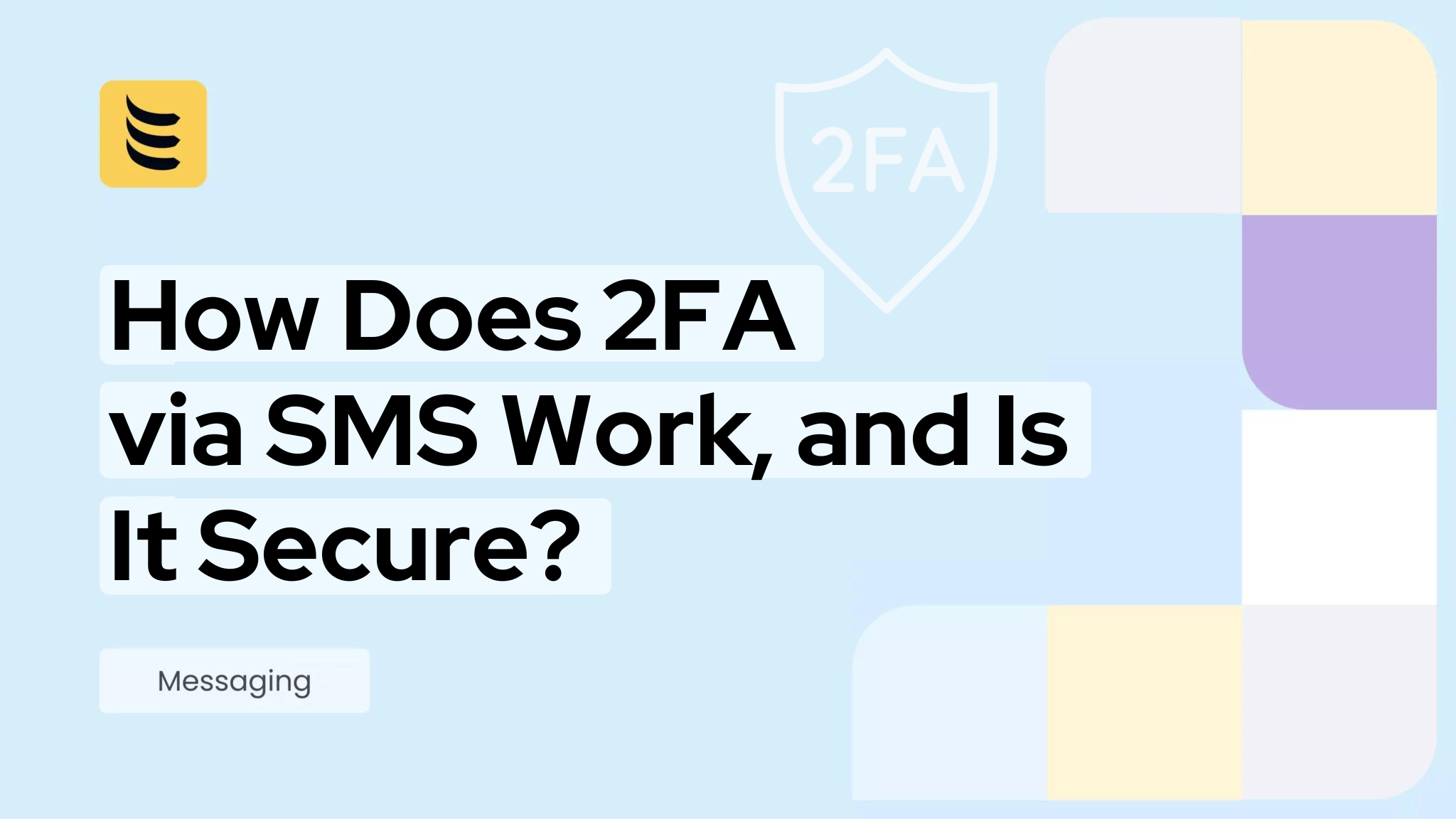Two-Factor Authentication (2FA) has become a crucial element in the realm of online security. It adds an extra layer of protection, making it significantly harder for unauthorized users to gain access to sensitive information. Among the various methods of implementing 2FA, SMS-based verification is one of the most widely used. This article delves into how SMS-based 2FA works, its security implications, and whether it is a reliable option for safeguarding personal data.
Understanding Two-Factor Authentication Basics
What Is 2FA and Why It’s Important
Two-Factor Authentication (2FA) is a security process that requires users to provide two different authentication factors to verify their identity. This method enhances security by requiring something the user knows (like a password) and something the user has (such as a mobile device). The importance of 2FA lies in its ability to significantly reduce the risk of unauthorized access. Even if a password is compromised, the attacker would still need the second factor to gain entry.
Here’s how the process works:
- You enter your username and password on a website or app.
- The system sends a unique, time-sensitive code via SMS to your registered phone number.
- You enter the code to verify your identity.
- Access is granted only if the code is correct.
This method ensures that even if someone steals your password, they can’t log in without also having access to your phone.
In an era where cyber threats are increasingly sophisticated, relying solely on passwords is no longer sufficient. 2FA acts as a barrier against phishing attacks, brute force attempts, and other malicious activities. By implementing this additional layer of security, users can protect their sensitive information and maintain control over their online accounts. The rise of data breaches and identity theft incidents has made it clear that traditional security measures are inadequate. As a result, many organizations are now adopting 2FA as a standard practice to safeguard both user data and corporate assets.
Different Types of 2FA Methods Available Today
There are several methods of 2FA available, each with its own advantages and disadvantages. Common methods include SMS-based verification, authenticator apps, hardware tokens, and biometric verification. SMS-based 2FA sends a one-time code to the user’s mobile device, while authenticator apps generate time-sensitive codes. Hardware tokens are physical devices that produce codes, and biometric verification relies on unique physical characteristics, such as fingerprints or facial recognition.
Each method offers a different level of security and user experience. While SMS-based 2FA is convenient and easy to implement, other methods may provide stronger security against certain types of attacks. For instance, authenticator apps are generally considered more secure than SMS, as they are less susceptible to interception. Furthermore, biometric verification is gaining popularity due to its ease of use and the difficulty of replicating unique biological traits. As technology continues to evolve, new methods of 2FA are emerging, such as push notifications that allow users to approve or deny login attempts directly from their devices, making the authentication process even more seamless and secure. Understanding these options helps users make informed decisions about their online security strategies, ensuring they choose the method that best suits their needs and risk tolerance.
The Technical Mechanics of SMS-Based 2FA
How SMS Verification Codes Are Generated and Delivered
When a user attempts to log in to an account that employs SMS-based 2FA, the system generates a unique verification code. This code is typically a six-digit number that is time-sensitive, meaning it expires after a short period, usually around 30 seconds. The generation of this code is often handled by the service provider’s authentication server, which ensures that each code is unique and secure. The underlying algorithms used for code generation often incorporate cryptographic techniques to prevent predictability, making it extremely difficult for unauthorized users to guess the code.

Once the code is generated, it is sent to the user’s registered mobile phone number via SMS. This process involves the service provider communicating with a mobile carrier to deliver the message. The use of SMS as a delivery method is largely due to its widespread availability and the fact that most users have access to mobile phones. However, it is important to note that while SMS-based 2FA is convenient, it is not without its vulnerabilities, such as SIM swapping attacks. As a result, some service providers are beginning to explore alternative methods of 2FA, such as app-based authentication or hardware tokens, which may offer enhanced security features.
Is SMS-Based 2FA Secure Enough? A Deeper Look
The security of SMS-based two-factor authentication (2FA) exists in a gray area – it’s unquestionably better than single-factor authentication (just a password), but it comes with well-documented vulnerabilities that make it unsuitable for protecting high-value accounts.
The Security Spectrum of 2FA Methods
When evaluating authentication methods, security experts typically rank options like this:
- Most Secure: Hardware security keys (FIDO2/U2F)
- Very Secure: Authenticator apps (TOTP)
- Moderately Secure: SMS-based 2FA
- Least Secure: Password-only authentication
SMS 2FA sits in the middle – it stops casual attackers but may not protect against determined, sophisticated threats.
When SMS 2FA is Acceptable
For these types of accounts, the convenience of SMS 2FA often outweighs the risks:
- Social media accounts (where financial loss is limited)
- Streaming services (Netflix, Spotify)
- Retail accounts (Amazon, eBay)
- Gaming platforms (Steam, PlayStation Network)
The rationale is that while account takeover would be inconvenient, it typically wouldn’t lead to catastrophic financial loss or identity theft.
Where SMS 2FA Falls Short
These high-value accounts deserve stronger protection:
- Banking and financial services (potential for direct monetary loss)
- Primary email accounts (gateway to password resets for all other services)
- Cryptocurrency exchanges (irreversible transactions)
- Work-related accounts (corporate data access)
- Government services (tax, identity, benefits portals)
The Compromise Position
Many security professionals recommend:
- Use SMS 2FA when it’s the only option available
- Upgrade to authenticator apps whenever possible
- Never use SMS 2FA for accounts that:
- Control financial assets
- Serve as recovery accounts for other services
- Contain highly sensitive personal information
Why the Mixed Reputation?
SMS 2FA remains controversial because:
- On one hand: It prevents >99% of automated attacks
- On the other: Dedicated attackers can bypass it through:
- SIM swapping (successful in 70% of attempts at some carriers)
- SS7 attacks (particularly against high-value targets)
- Phishing schemes specifically designed to capture SMS codes
The Bottom Line
Think of SMS 2FA like a bike lock – it will stop opportunistic thieves but won’t withstand professional tools. For maximum security, layer it with other protections:
- Use unique, strong passwords (a password manager helps)
- Enable additional security features when available (like biometrics)
- Monitor accounts for suspicious activity
- Have a backup authentication method in case you lose phone service
Remember: The best 2FA method is the one you’ll actually use consistently. If SMS 2FA means you’ll enable protection where you otherwise wouldn’t, it’s still a net security gain – just be strategic about where you rely on it.
Security Considerations of SMS-Based 2FA
Known Vulnerabilities and Attack Vectors
While SMS-based 2FA adds a layer of security, it is not without its vulnerabilities. One of the most significant risks is SIM swapping, where an attacker convinces a mobile carrier to transfer a victim’s phone number to a new SIM card. Once they have control of the victim’s phone number, they can receive verification codes and gain access to accounts. This type of attack has been increasingly prevalent, with numerous high-profile cases highlighting the ease with which attackers can exploit weaknesses in carrier security protocols.

Additionally, SMS messages can be intercepted through various means, including man-in-the-middle attacks and malware on the user’s device. Attackers can use techniques such as phishing to trick users into providing sensitive information, or they might deploy software that captures SMS messages directly from the device. These vulnerabilities highlight the importance of being aware of the risks associated with SMS-based 2FA and considering alternative methods where appropriate. Users should also remain vigilant about securing their devices and accounts, employing strong passwords and being cautious of unsolicited communications that could lead to compromise.
Comparing SMS 2FA Security to Alternative Authentication Methods
When evaluating the security of SMS-based 2FA against other methods, it is essential to consider the strengths and weaknesses of each. For instance, authenticator apps, such as Google Authenticator or Authy, generate codes that are not transmitted over the network, making them less susceptible to interception. These apps use time-based one-time passwords (TOTPs) that are generated locally on the user’s device, which adds an additional layer of security since they are not reliant on external networks. Furthermore, these applications often support backup and recovery options, allowing users to regain access even if they lose their primary device.
Hardware tokens also provide a high level of security, as they require physical possession of the device to generate codes. These tokens are often used in corporate environments where sensitive data is at stake, as they can be more challenging for attackers to compromise. Biometric methods, while convenient, can pose privacy concerns and may not be universally applicable. For example, fingerprint or facial recognition systems can be bypassed in certain situations, raising questions about their reliability. Ultimately, the choice of authentication method should be based on the sensitivity of the information being protected and the potential threats faced. For many users, SMS-based 2FA remains a practical and effective solution, but awareness of its limitations is crucial. As technology evolves, users should stay informed about emerging security practices and consider adopting more robust authentication methods as needed.
Best Practices If You Use SMS 2FA
While SMS-based two-factor authentication (2FA) isn’t the most secure method available, it’s still widely used due to its simplicity and accessibility. If you rely on SMS 2FA—whether by necessity or convenience—there are several best practices you should follow to minimize risks and protect your accounts from compromise.
1. Enable SIM Lock/PIN Protection
One of the biggest threats to SMS 2FA is SIM swapping, where attackers trick your mobile carrier into transferring your phone number to a new SIM card under their control. Once they succeed, they can intercept all SMS-based verification codes.
To defend against this:
- Set up a SIM PIN (a separate code required to make changes to your mobile account).
- Contact your carrier to enforce additional security measures, such as requiring in-person verification for SIM changes.
- Avoid using easily guessable information (like birthdays) as security answers with your mobile provider.
2. Stay Alert for Suspicious Activity
Since SMS 2FA depends on your phone number, you should be vigilant for signs of unauthorized access:
- Unexpected loss of mobile service (could indicate a SIM swap in progress).
- Strange text messages about account changes or verification codes you didn’t request.
- Notifications from your carrier about SIM or number transfers.
If you notice anything unusual, contact your mobile provider immediately to lock your account and investigate.
3. Use a Dedicated Phone Number for Critical Accounts
If you must use SMS 2FA for sensitive accounts (like banking or email), consider using a separate phone number that isn’t tied to your primary mobile line. Options include:
- A Google Voice number (though some services block VoIP numbers for 2FA).
- A secondary prepaid SIM card used exclusively for authentication.
- A landline (for services that allow voice-based OTP delivery).
This way, even if your main number is compromised, your most important accounts remain protected.
4. Migrate to More Secure 2FA Methods When Possible
SMS 2FA should be treated as a temporary solution rather than a long-term security strategy. Wherever available:
- Switch to authenticator apps (Google Authenticator, Microsoft Authenticator, or Authy), which generate codes locally without relying on vulnerable SMS delivery.
- Adopt hardware security keys (like YubiKey) for the strongest protection against phishing and SIM swaps.
- Enable biometric authentication (fingerprint or Face ID) where supported for an additional layer of security.
Many major platforms (Google, Apple, Microsoft, and financial institutions) now support these more secure alternatives—take advantage of them.
Send SMS 2FA OPTs securely and swiftly with IDT Express Engage SMS
For businesses looking to implement SMS-based 2FA, utilizing a reliable SMS service provider is essential. IDT Express Engage SMS offers a robust platform for sending One-Time Passwords (OTPs) quickly and efficiently. With a focus on reliability and speed, this service can enhance the user experience while ensuring that security measures are upheld.
By leveraging IDT Express Engage SMS, organizations can streamline their authentication processes, making it easier for users to receive and enter verification codes. This not only improves security but also fosters user trust and satisfaction. In a digital landscape where security is paramount, choosing the right SMS provider can make all the difference.
Moreover, IDT Express Engage SMS is designed with scalability in mind, catering to businesses of all sizes. Whether a startup or an established enterprise, the platform can handle varying volumes of SMS traffic without compromising on performance. This flexibility allows organizations to adapt their security measures as they grow, ensuring that their 2FA solutions remain effective and responsive to user needs. Additionally, the service provides detailed analytics and reporting features, enabling businesses to monitor their SMS campaigns and authentication processes in real-time. This data can be invaluable for identifying trends, optimizing performance, and enhancing overall security protocols.
Furthermore, the integration of IDT Express Engage SMS with existing systems is seamless, allowing for quick deployment without the need for extensive technical expertise. Businesses can easily incorporate this service into their current workflows, ensuring that users can benefit from enhanced security measures without disruption. The user-friendly interface and comprehensive support resources provided by IDT also empower organizations to troubleshoot issues swiftly, minimizing downtime and maintaining a smooth user experience. In an era where cyber threats are increasingly sophisticated, having a dependable SMS service like IDT Express Engage SMS is not just an advantage; it is a necessity for safeguarding sensitive information and maintaining customer confidence.
In conclusion, SMS-based 2FA is a widely used method of enhancing online security. While it offers convenience and ease of use, it is essential to understand its vulnerabilities and consider alternative methods when appropriate. By staying informed and choosing reliable service providers, users and organizations can significantly bolster their security posture in an increasingly digital world.




